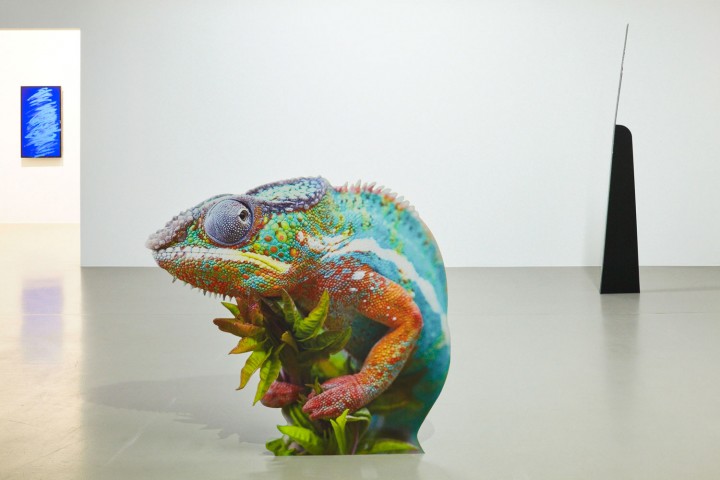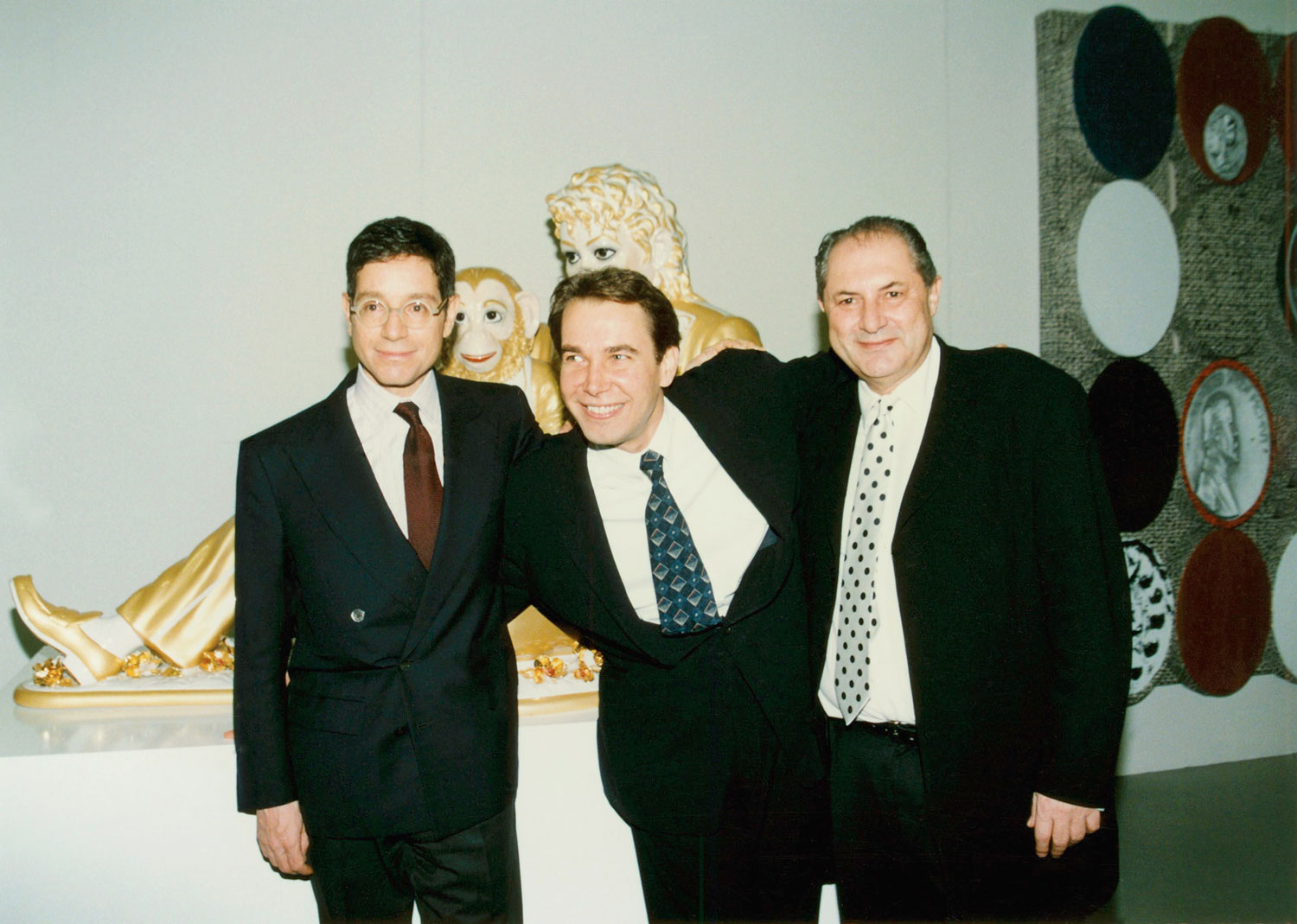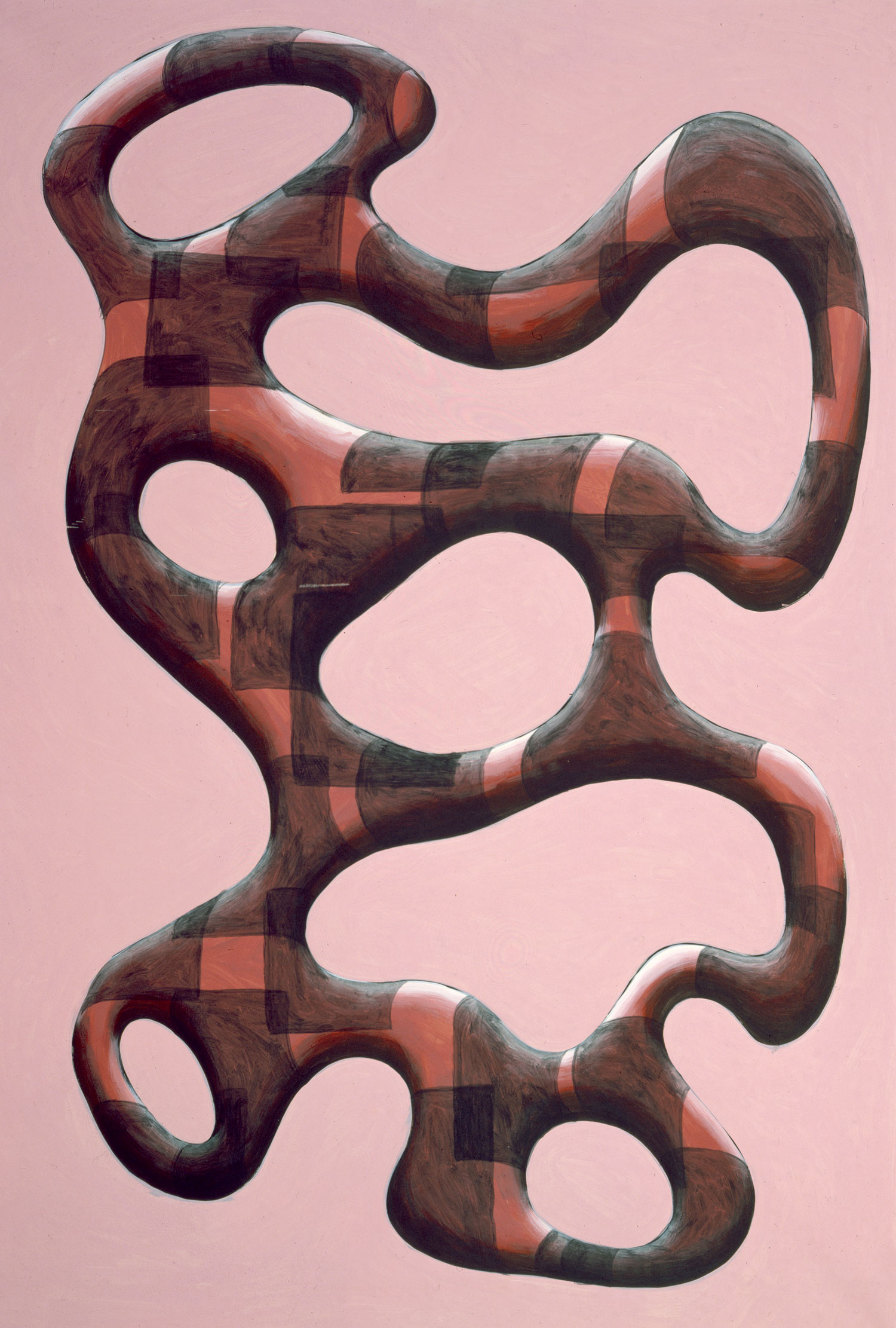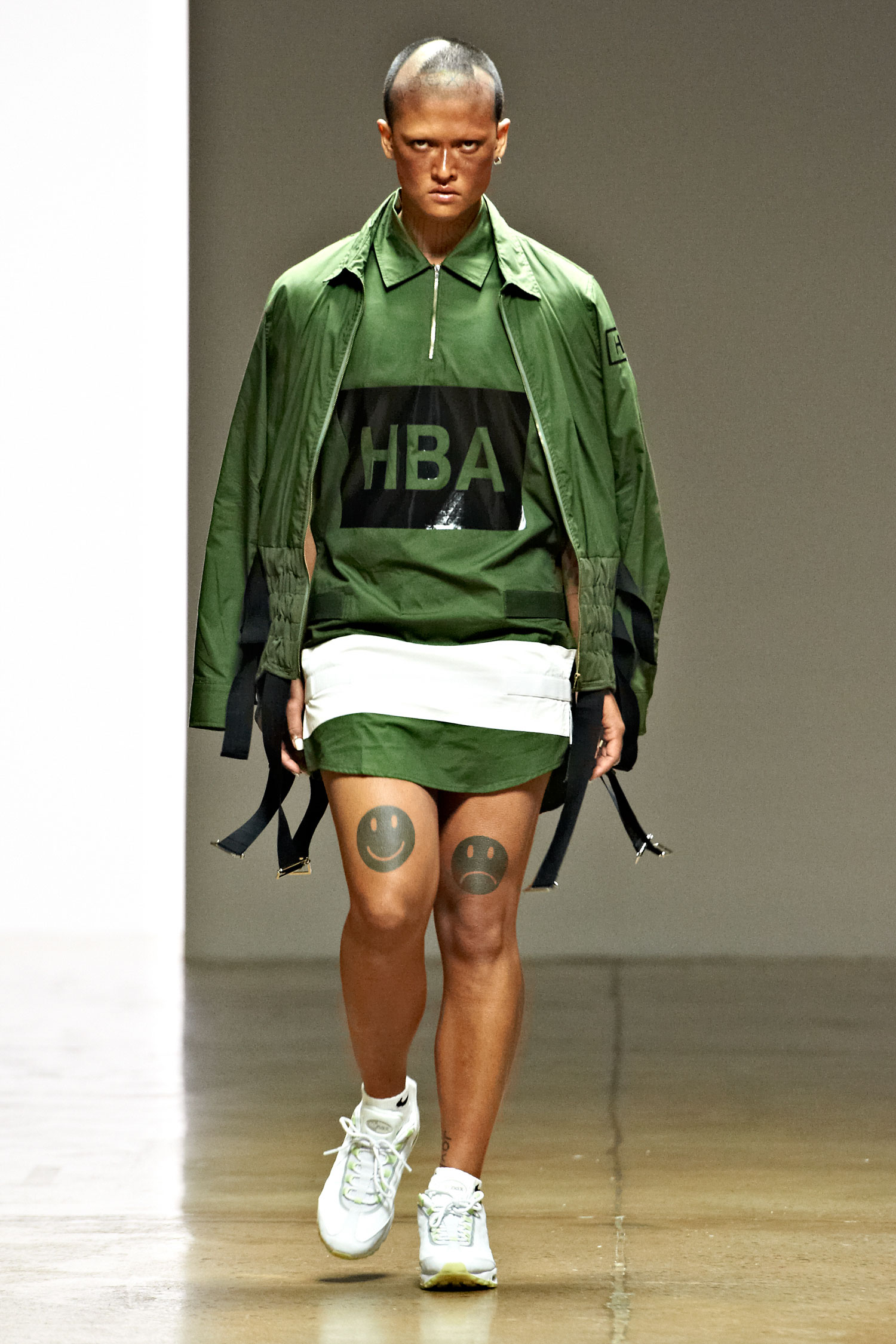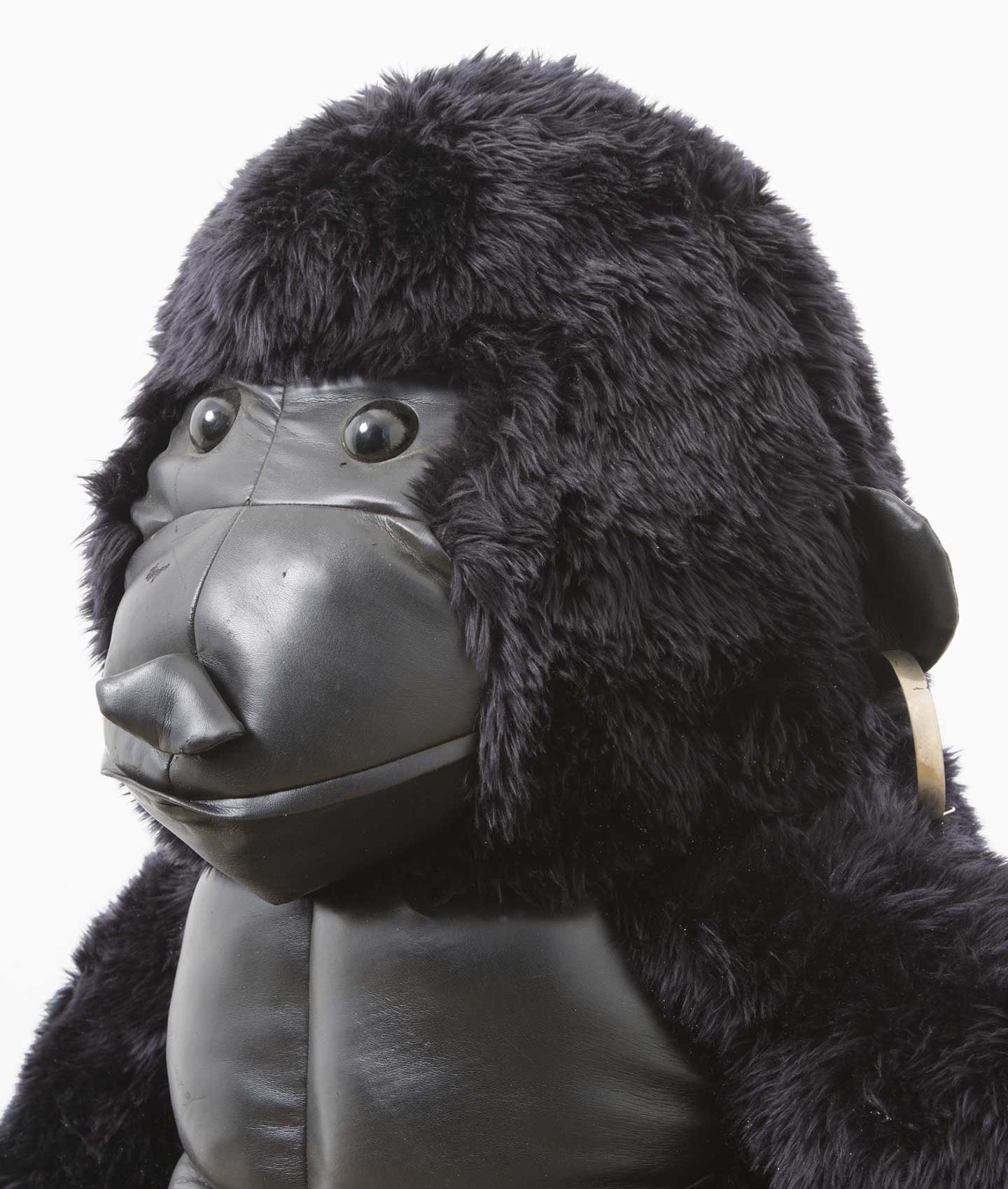
Much has already been written and said about the exhibition “Speculations on Anonymous Materials,” which opened in the fall at the Fridericianum in Kassel. Criticisms have generally fallen along the following lines: Reductive flattening of various artistic positions / Fetish of the new / Slick / Symptomatic / Literal illustrations of ideas / Art-historical amnesia / Lack of market self-reflexivity / Misreading of philosophy.
As perhaps the first institutional attempt at a survey of what has been dubbed “post-internet art,” the exhibition at the Fridericianum proposed that the artists assembled are working under a new paradigm. Any new paradigm will inevitably scratch against previously held values, which is why even a cursory listing of criticisms can provide a certain clarity. We might then begin to determine where and how substantial shifts have actually taken place, and where and how claims to these shifts have merely been mobilized to provide a marketable alibi for banal surface fluctuations.
The exhibition’s claims might be summarized from the accompanying exhibition booklet as follows: “Rapid and incisive technological change” has provided a wealth of “Anonymous Materials” that are manipulated by these artists using a “de-subjectivized approach” that embraces “a rhythmic, process-based and serial form.” These slippery words do little to account for what appears quite strikingly to be the formation of a specific aesthetic sensibility among the artists represented. Perhaps this discursive insufficiency, this apparent hesitation (or inability) to verbally elaborate the functional logic of the show, could generously be attributed to the seductive notion that these artworks depart from an old-world grammar of aesthetic proposition-making, and hence necessitate a change in modes of discursive framing. Better hashtags than sentences.
The hashtags that cluttered both the lobby walls of the Fridericianum and the cover of the exhibition booklet, despite their tackiness (#symbolicorder, #kassel, etc.), did in fact make certain aspects of the exhibition clear. In their dual function of tagging and trending, hashtags can be said to enable and punctuate one’s participation in a larger and largely anonymous collectivity. If the hashtag became the official tool for framing these practices, this seemed a somewhat appropriate choice, given that one of the clearest aspects of the exhibition was the appearance of new trends, certain visual motifs that repeated across various works: straps and chains, liquids, plastics, smears and puddles, hands, metal bars, animals. The overall effect of these repetitions was to give the exhibition a certain surface consistency that subsumed the specificities of singular artistic positions, providing an image of an aggregation (like an RSS feed) in line with the show’s declared emphasis on anonymity. This was so streamlined as to imply a new swarm intelligence, one hinged on a more intensive engagement with aggregate imaging (of which a group exhibition is only one possible form of many), less as a static basis for reflective description than a functional point of recursion between individual and collective.

But hashtags, in their usage, have also come to bear another function, this one exclusionary. Hashtags today denote a certain humorous irony, a digital smirk that sets one apart from those who aren’t in on the joke. It is in this way that they also delimit collectivity and reinforce a sense of self and identity. This discriminatory thrust was also glaringly apparent in the exhibition. The particular surface consistency of the show could be characterized as slick and urbane, implying a tribe of savvy young adults in major metropolises, who can Google a silicone specialist with ease, ironize the array of middle-brow beauty products on offer at the nearest pharmacy, and fabricate something that at first glance looks as trill as a Cady Noland. We can take as a particularly simple example Katja Novitskova’s Approximately V Chameleon, a found hi-res jpeg of a chameleon printed almost human-size, cut out, mounted on aluminum dibond and presented as a stand-alone sculpture. More than the “sophistication of mainstream visual experience,” as stated in the exhibition booklet, this work accentuated the blunt force of a privileged visual experience. Certain other works were more self-aware of this privilege (Josh Kline’s Taste-Maker’s Choice) or attempted to turn privilege into travesty through an aggressive junkiness (Trisha Baga and Jessie Stead’s Gratis?). But it was difficult for these propositions to gain any traction within this lubricious swarm.
Because materials here seemed to act more as signifiers for a particular lifestyle identity, the ambitious curatorial attempt to correlate the exhibited artworks with a trending line of thought in contemporary philosophy, known broadly (if inadequately) as “speculative realism,” seemed somewhat misguided. The most concrete component of this connective gesture was a conference held in conjunction with the show, assembling several philosophers associated with this movement and organized around the theme of materiality. The talks ranged in their approaches, but the general point was that dealing seriously with materials might offer a way out of a purely human-centered thinking through ontology. Interestingly, some skepticism was expressed by a couple of the philosophers, directly and indirectly, with regards to their inquiries into materiality being tied to the artworks on display. Most explicitly, Robin Mackay, editor of the journal Collapse, noted that today’s merging of art and philosophy has produced an “unconscious conspiracy of mutual comfort.” He ended his talk with an open question: “Why are we privileging contemporary art as the agent of an interrogation into materials?”
We are reminded that whatever claims can be made regarding the approach to materiality embodied by this post-internetaesthetic, it has certainly managed to resonate within the context of the contemporary art market, where its delectable slickness seems to have a lubricating effect. To be clear, this is less a claim about the functioning of specific practices, which have obviously had various levels of market success, than a claim about the functioning of the aggregation, which has certainly fueled a speculative buzz in the financial sense, however modest in comparison with other market segments.
But critical self-reflexivity with regards to the art market seems almost genetically incompatible with this new sensibility. In his introductory remarks to the conference, Armen Avanessian proposed that it is time to replace our notions of critique and reflexivity with new notions of hypothesis-making and recursion. This seemed a compelling answer to the often tiresome theatrics of self-proclaimed critical approaches. But in order for these specific methodological operations to be made substantial, perhaps we need to begin to frame their usage outside of a shared lifestyle identity. Whether this can be achieved through an accumulation of jargon-hashtags seems somewhat dubious.

